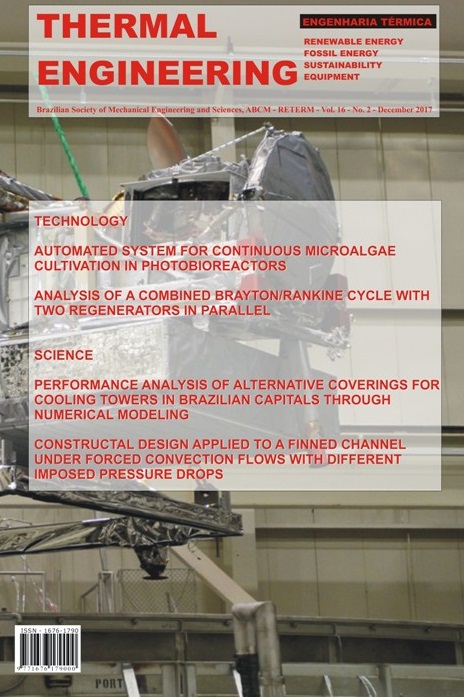WARNING SYSTEM FOR NAVIGATION AND MOORED SHIPS IN PORTS
DOI:
https://doi.org/10.5380/reterm.v16i2.62207Keywords:
warning system, risk assessment, ships, ports, wavesAbstract
This paper describes the SWAMS ALERT system; a forecast and warning system based on the assessment of risks associated with navigation and moored ships in port areas. This system is based on HIDRALERTA, a previously developed system for overtopping and flooding in coastal and port areas. The basic idea is to use 72-hour sea waves’ forecasts and simulate their effect on ships, either in port approach maneuvers or when they are moored inside.
This modular system consists of four modules: I – Sea waves characteristics; II - Navigation and mooring in port areas; III - Risk assessment and IV - Warning System. The system is implemented on a fully interactive user-friendly web platform.
The system prototype was tested in the Azorean island of Terceira. A generic container ship and a specific berth in the container terminal of the Praia da Vitória port were chosen, as well as a generic mooring layout with six mooring cables and two fenders. This test case illustrates some of the system’s capabilities, namely its ability to forecast, not only wave characteristics on the specific site of the moored vessel, but also forces on mooring lines and fenders and the risk of pre-set thresholds being surpassed.
Published
How to Cite
Issue
Section
License
Direitos Autorais para artigos publicados nesta revista são do autor, com direitos de primeira publicação para a revista. Em virtude da aparecerem nesta revista de acesso público, os artigos são de uso gratuito, com atribuições próprias, em aplicações educacionais e não-comerciais.



